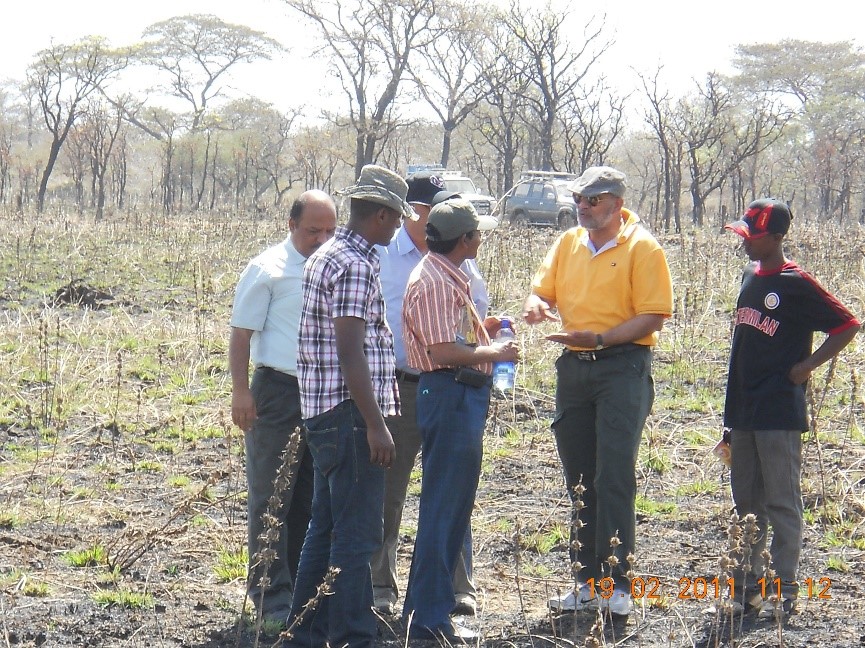The knowledge gained during the visit to Nigeria in 2010 created an excellent base for me to enter in eastern Africa specially focussed in Ethiopia and Sudan for investment model in seeds enterprises of respective countries. Ethiopian Institute of Agriculture research (EIAR) organised the international conference in June 2011 at Addis Ababa, aimed to address the key challenges and opportunities in the Ethiopian seed system for improved performance. I was invited to present views on Indian seeds systems success stories and its potential replication in Ethiopia. Later Book titled “The defining moments in Ethiopian seeds system” was complied incorporating the proceedings of conference in which my paper was included. Excerpts of my paper are as under:
Agriculture is a core driver of Ethiopia’s economy, supporting 85% of the population’s livelihoods and accounting for 46% of the GDP and 80% of export value. Given the significant current and future role of the agricultural sector, a vibrant seed system that provides quality seed to meet the demands of farmers is an essential enabler to continue economic and social development of Ethiopia. While access to and availability of seed has the potential to greatly improve smallholder productivity, there is currently a substantial gap between the country’s production of commercial seeds and farmers’ demand for, knowledge of, access to, and usage of these seeds.
The shortage of hybrid maize seed in Ethiopia is a national concern, and farmers are unable to access seed in the quantities that they demand. Supply shortages are a result of constraints faced by both public-sector operations, which account for 60% of hybrid maize seed production, and private sector operations, which account for the remaining 40% of production.
The public sector faces inconsistent and inaccurate planning for demand, productivity gaps, and financial constraints in contract grower schemes, misalignment of processing and delivery with major seed producing areas, unknown and poorly managed capacity, and non-flexibility of distribution model in terms of providing farmers with choices and information.
The private sector faces a shortage of basic seed for private seed growers, public intervention in all commercial aspects of the seed delivery chain that prevents private companies from charging competitive prices or distributing through channels other than the government, a business and regulatory environment that does not prioritize seed businesses in terms of resource allocation, such as access to foreign exchange to procure equipment, and insufficient support and start-up funding for young seed companies.

Thrust Areas for Seed Production
- Public production capacity;
- Self-pollinating seed variety availability and adoption, and
- Role of the private sector to prove their potential.
Ethiopian agriculture requires over 700,000 tons of seed each year to grow cereals, such as tef, maize, wheat, sorghum, barley, and finger millet, and pulses such as faba bean, field pea, haricot bean, and chick pea. Farmers in Ethiopia acquire seeds for their crops from two different sources:
- The commercial sector: improved seeds with better characteristics such as yield higher than normal seeds are sold to farmers through farmer cooperatives, input suppliers, and other venues; and
- The traditional sector: these are seeds that farmers either save from their crops and use in subsequent planting seasons or trade/buy informally.
The percentage of commercial seed use among different crops during 2008 was wheat (24), maize (48), tef (19), barley (7), and sorghum (48) (Spielman et al., 2009)


